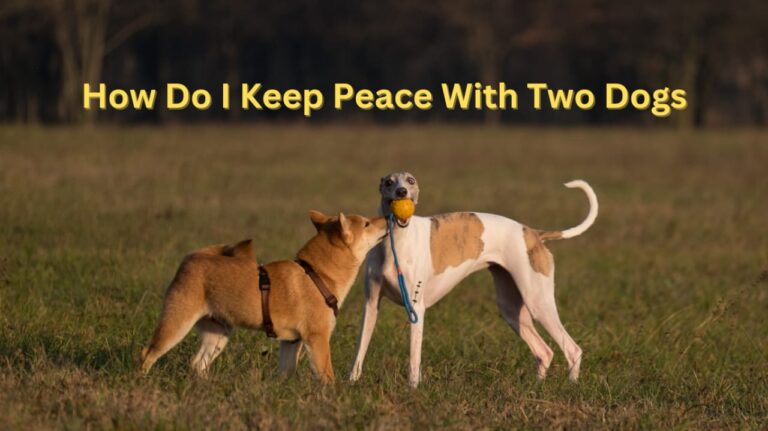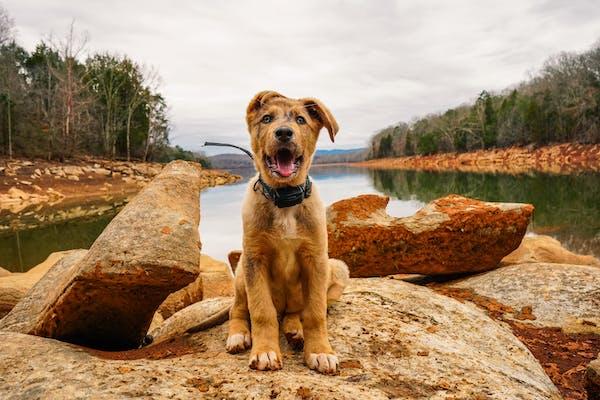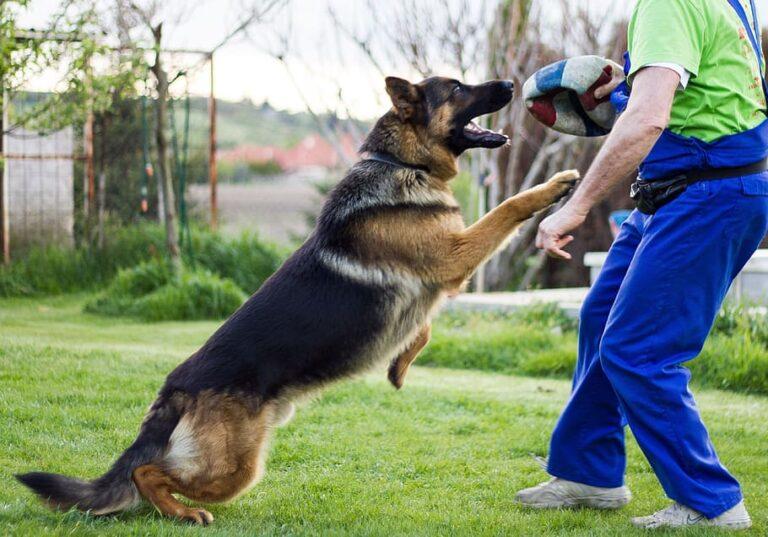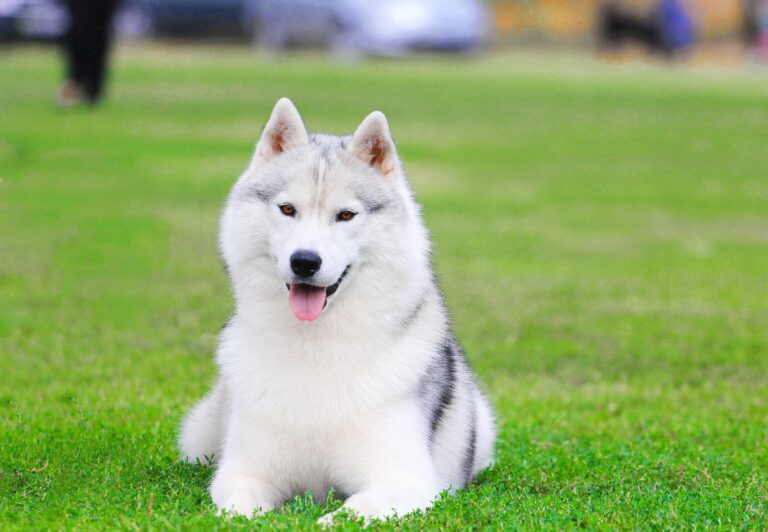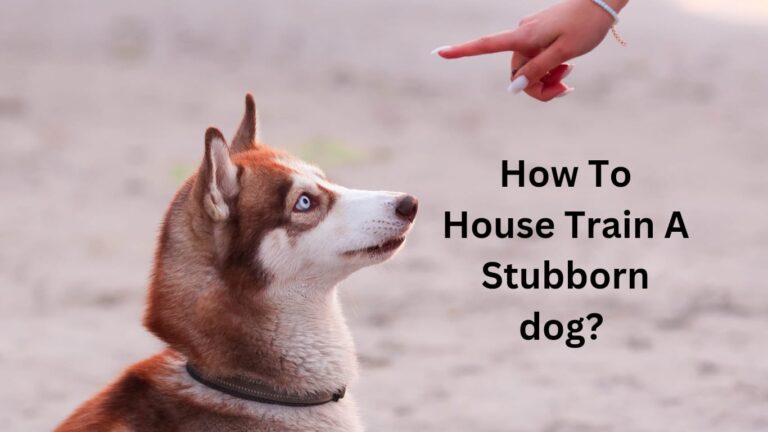How to train a hunting dog with a shock collar?
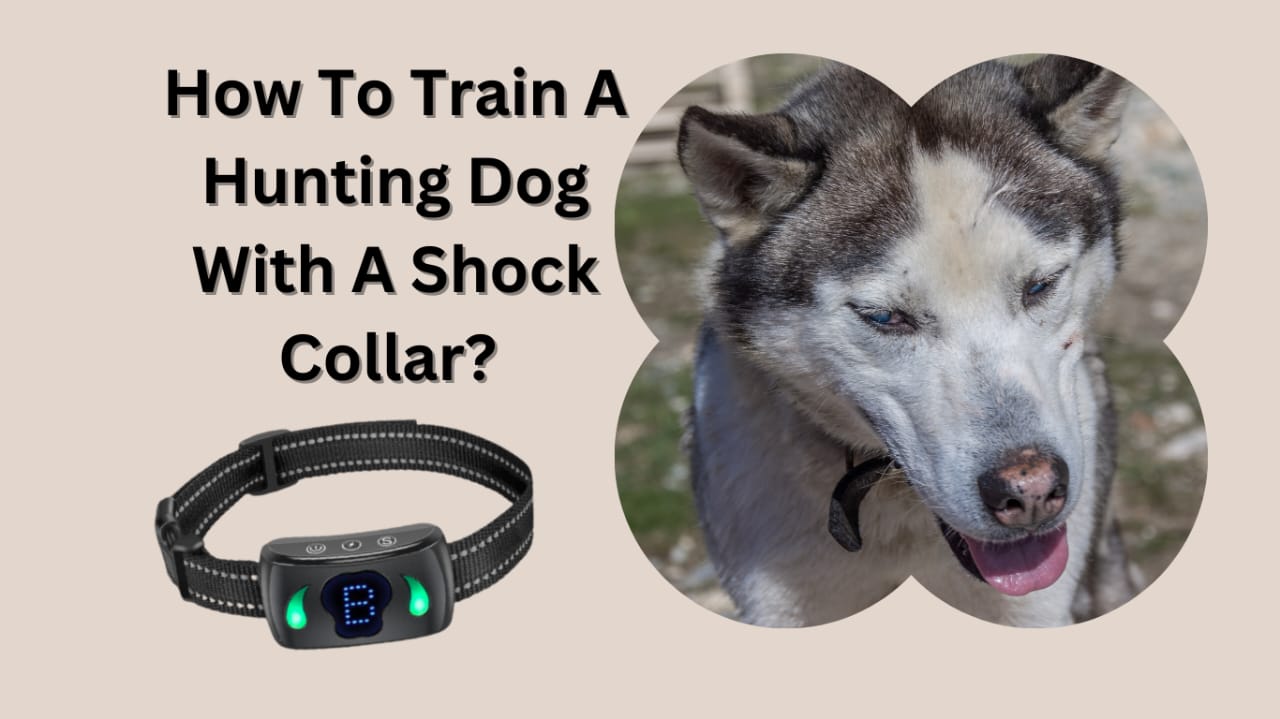
How to train a hunting dog with a shock collar?
In this article, we will explore the question: how to train a hunting dog with a shock collar? Training a hunting dog with a shock collar requires a specialized approach to ensure effectiveness while prioritizing the well-being of the dog.
The use of shock collars, also known as e-collars, is a controversial but widely employed method in the world of hunting dog training. Before delving into the details, it’s crucial to understand that when used responsibly and in conjunction with positive reinforcement, shock collars can be valuable tools for enhancing obedience and control.
Now, let’s begin by providing a concise answer to this question before unraveling the nuances of training hunting dogs with shock collars.
How to train a hunting dog with a shock collar?
Training a hunting dog with a shock collar necessitates a strategic and considered approach, emphasizing both safety and efficacy. Shock collars, or electronic collars, are designed to deliver a mild static stimulation as a corrective measure when a dog exhibits undesired behavior.
In the context of hunting dog training, these collars can play a pivotal role in reinforcing commands and ensuring immediate responses, particularly when a dog is off-leash and engaged in fieldwork.
Understanding the Basics
Begin by familiarizing the hunting dog with the shock collar in a controlled and positive environment. Allow the dog to associate the collar with positive experiences, such as treats or playtime, before introducing the stimulation aspect. It’s essential to choose a collar with adjustable intensity settings to tailor the correction level to the individual dog’s temperament.
Establishing Commands
Clearly defined commands are the foundation of effective hunting dog training with a shock collar. Commands such as ‘sit,’ ‘stay,’ and ‘recall’ should be well-established before incorporating the collar. The shock is meant to serve as a reminder or correction when the dog fails to respond to a command, reinforcing the association between the command and the expected behavior.
Positive Reinforcement
While the shock collar provides a corrective measure, positive reinforcement remains a critical component of successful training. Combine the shock correction with immediate positive feedback, such as verbal praise or treats, when the dog exhibits the desired behavior. This dual approach helps create a balanced and humane training experience.
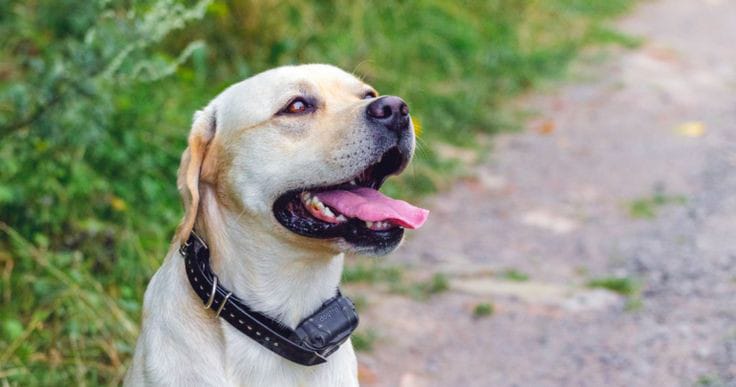
Consistent Training Sessions
Consistency is key in any training regimen. Regular, short training sessions are more effective than sporadic, lengthy ones. Repeat commands consistently, and reinforce them with the shock collar as needed. Over time, hunting dogs learn to associate the correction with specific commands, facilitating quicker and more reliable responses.
Field Application
Gradually transition the training to the hunting field, replicating real-world scenarios. This includes introducing distractions like scents, sounds, and other wildlife elements. The shock collar becomes a valuable tool for maintaining control over the dog’s actions, especially when immediate responsiveness is crucial in the dynamic hunting environment.
Monitoring and Adjustment
Regularly assess the hunting dog’s progress and adjust the shock collar settings accordingly. Dogs may respond differently to stimulation levels, and it’s essential to find the balance that ensures both compliance and the dog’s well-being. Responsible use of shock collars involves avoiding prolonged or excessive stimulation, using them as aids rather than punitive measures.
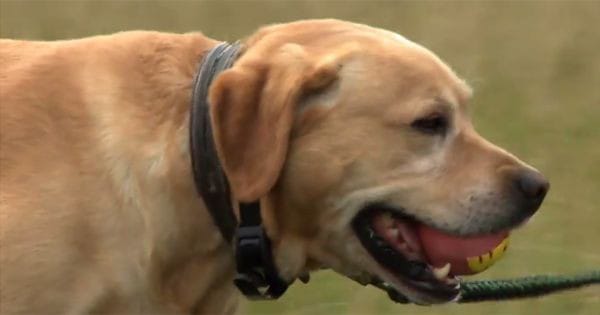
Conclusion
In wrapping up our guide on “how to train a hunting dog with a shock collar,” we’ve explored a specialized approach that prioritizes both effectiveness and the well-being of our furry friends. It’s crucial to recognize that shock collars, while controversial, can be valuable tools when used responsibly and paired with positive reinforcement in hunting dog training.
Understanding the basics is the first step – introducing the shock collar in a positive environment and adjusting its intensity to match the dog’s temperament. Well-established commands, positive reinforcement, and consistent training sessions form the foundation for successful training, creating a balanced and humane experience for our hunting companions.
As we venture into the field, replicating real-world scenarios with distractions, the shock collar becomes an essential aid for maintaining control, especially when hunting dogs are off-leash. Regularly monitoring the dog’s progress and adjusting the collar settings ensures a personalized and effective training journey. Remember, responsible use means avoiding prolonged or excessive stimulation, using these collars as aids rather than punishment.
In essence, training a hunting dog with a shock collar is about creating a partnership based on trust, communication, and mutual understanding. By combining modern tools with time-tested training principles, we equip our hunting dogs with the skills needed to be disciplined and reliable companions in the great outdoors.
This may also be helpful for you: Do Shock Collars Work For Stubborn Dogs?
Will A Shock Collar Stop Two Dogs From Fighting?
FAQ
Do hunting dogs wear shock collars?
Hunting dogs often wear shock collars as part of their training. These collars, also known as e-collars, can assist in reinforcing commands during hunting activities. When used responsibly, shock collars contribute to effective training without causing harm to the dog.
Is it OK to train a dog with a shock collar?
Training a dog with a shock collar is acceptable when done responsibly and alongside positive reinforcement. It’s important to follow guidelines, choose appropriate settings, and prioritize the well-being of the dog. Striking a balance between correction and positive reinforcement ensures a humane and effective training experience.
Can you train a hunting dog yourself?
Yes, you can train a hunting dog yourself with dedication, consistency, and the right approach. Basic commands, positive reinforcement, and exposure to hunting scenarios can be integrated into your training routine. While professional guidance can be beneficial, many dog owners successfully train their hunting companions at home.
Are hunting dogs friendly?
Many hunting dogs are known for their friendly and loyal nature. Breeds such as Labrador Retrievers and Golden Retrievers, commonly used for hunting, are not only excellent in the field but also make affectionate and loving family pets. Proper socialization and training contribute to their friendly disposition.
What is the best age to train a hunting dog? The optimal age to start training a hunting dog is typically around 6 months when they are more mentally and physically developed. However, introducing positive exposure and basic commands at an earlier age helps create a strong foundation for future training. Every dog is unique, so adjusting training approaches to individual needs is essential.
Are hunting dogs intelligent?
Yes, many hunting dog breeds are recognized for their intelligence. Breeds like the Border Collie, German Shorthaired Pointer, and Labrador Retriever are known for their quick learning and problem-solving abilities. Their intelligence makes them adept at learning commands and tasks, enhancing their performance in hunting and other activities.
What is the easiest hunting dog to train?
While the ease of training varies among individual dogs, certain breeds are often considered easier to train due to their intelligence and eagerness to please. Breeds like the Labrador Retriever, Golden Retriever, and Beagle are known for their cooperative nature, making them more responsive to training efforts.
